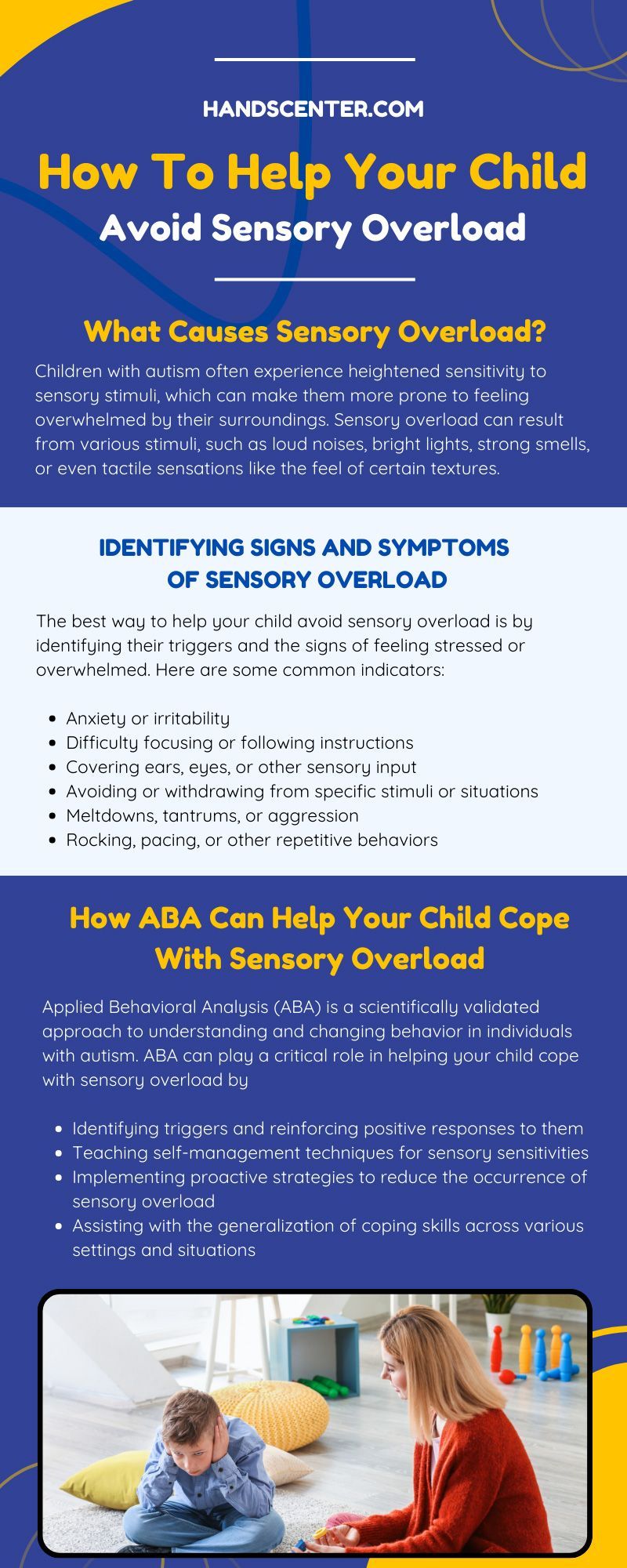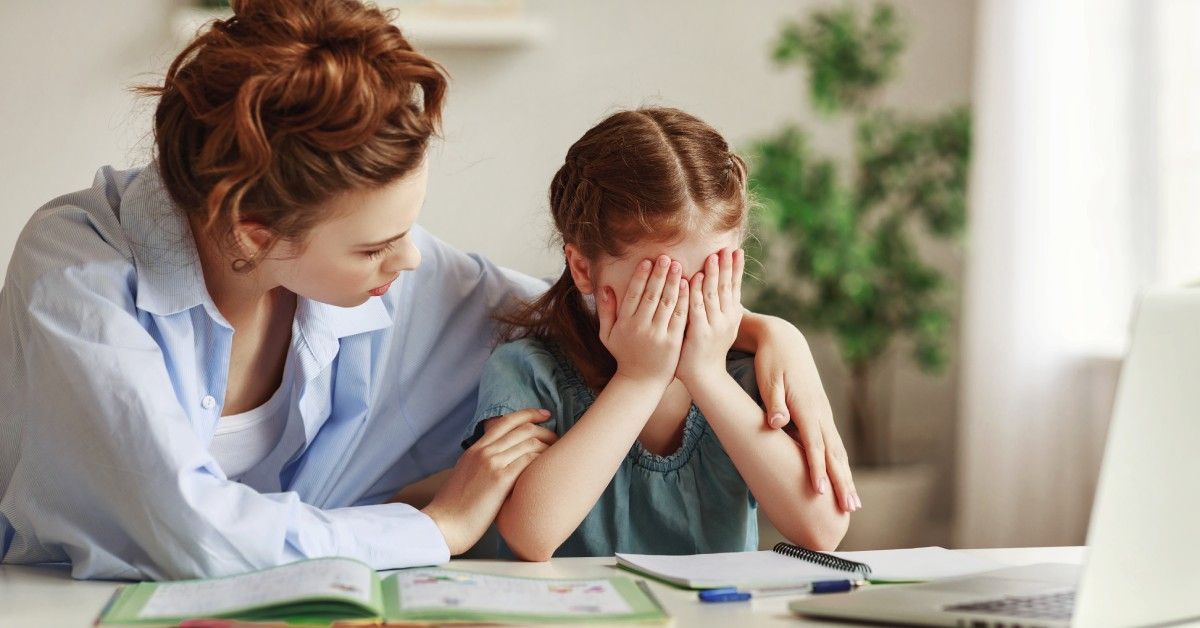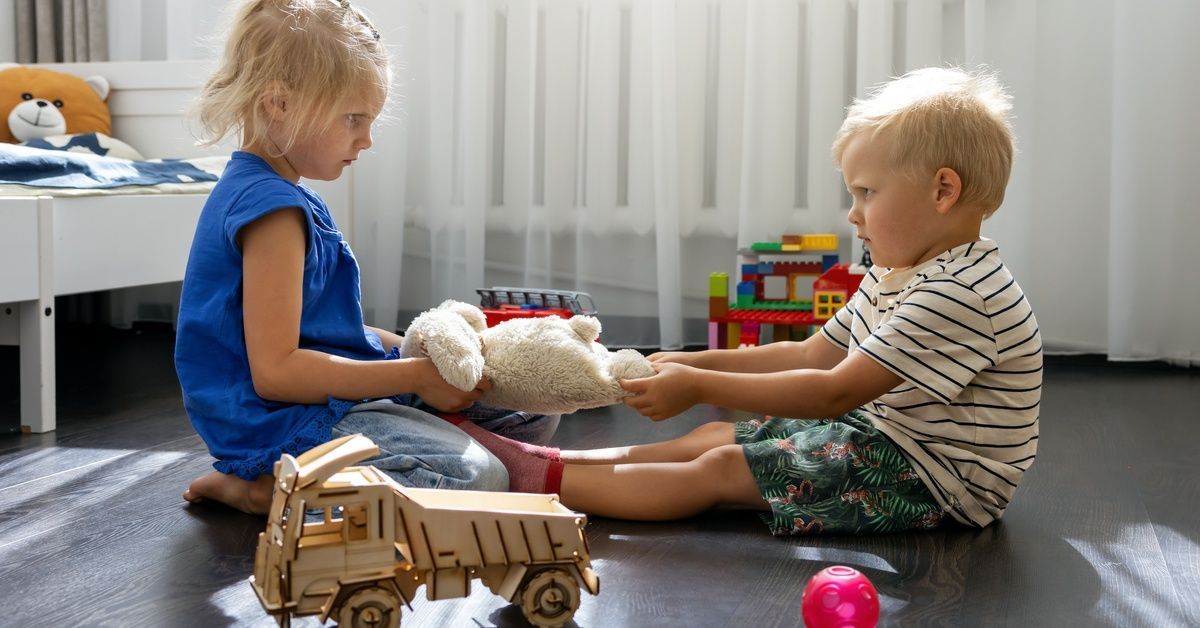How To Help Your Child Avoid Sensory Overload
As a parent or caregiver of a child with autism, you know the limitations your little one faces day in and day out. One common limitation is sensory overload, which can occur when exposed to too many stimuli.
Sensory overload can have an especially hard impact on children with autism as it disrupts their inner balance and causes confusion, restlessness, irritability, fearfulness—the list goes on! There are several strategies you can implement to help your child manage these episodes of stress or anxiety. Read ahead for tips to help your child avoid sensory overload while still providing comfort.
What Causes Sensory Overload?
Children with autism often experience heightened sensitivity to sensory stimuli, which can make them more prone to feeling overwhelmed by their surroundings. Sensory overload can result from various stimuli, such as loud noises, bright lights, strong smells, or even tactile sensations like the feel of certain textures. The key lies in recognizing these triggers and taking measures to minimize them for your child.
Identifying Signs and Symptoms of Sensory Overload
The best way to help your child avoid sensory overload is by identifying their triggers and the signs of feeling stressed or overwhelmed. Here are some common indicators:
- Anxiety or irritability
- Difficulty focusing or following instructions
- Covering ears, eyes, or other sensory input
- Avoiding or withdrawing from specific stimuli or situations
- Meltdowns, tantrums, or aggression
- Rocking, pacing, or other repetitive behaviors
If you notice these signs, you must intervene and help your child manage the overload so that they can return to a more relaxed state.
Self-Calming Techniques for Children
Parents may struggle to help their children with autism manage their feelings and emotions. Many children with autism experience heightened levels of anxiety, and it can be difficult to find effective strategies to help them calm down when they feel overwhelmed. Let’s explore a few self-calming techniques that can help your child manage their stress and emotions.
Deep Breathing Exercises
Deep breathing exercises are a simple but effective way to help your child with autism calm down when they are feeling anxious or stressed. Encourage your child to take long, slow, deep breaths and count to five with each inhale and exhale. They can do this breathing exercise anywhere, and it takes only a few minutes to complete.
Sensory Toys and Tools
Many children with autism use sensory toys and tools to help them self-regulate and calm down. Sensory items like fidget spinners, sensory bottles, and stress balls can provide tactile stimulation that can relieve anxiety and stress. You can also use a sensory tool kit filled with things like Velcro strips, bubble wrap, and textured balls to provide your child with a variety of sensory inputs that can help them calm down and self-regulate.
Mindfulness Exercises
Mindfulness exercises can help your child with autism become more aware of their thoughts and emotions, which can help them regulate their feelings and reduce anxiety. These exercises can help your child become more present in the moment.
Visualization and positive affirmations can be powerful tools for creating a sense of calm within the body and mind. Encourage your child to imagine a peaceful, calming scene—such as a meadow or a quiet beach. You can also introduce them to positive affirmations, which are simple, repetitive statements they can tell themselves to shift negative thoughts to more positive ones. For example, they can say, “I am safe, I am loved, I am okay.”
Exercise and Physical Activity
Regular exercise and physical activity can be a natural way to help your child with autism manage stress and anxiety. Encourage your child to engage in activities like swimming, running, or yoga, as they can provide a physical outlet for their emotions and help them self-regulate. Exercise also releases endorphins, which can improve mood and reduce stress and anxiety.
Create Sensory-Friendly Environments
Creating a sensory-friendly environment is a proactive approach to managing sensory overload for children with autism. By modifying or controlling the sensory stimuli in the background, we can prevent or reduce the instances of sensory overload. A sensory-friendly environment provides a safe, calming space where your child feels comfortable and relaxed.
Sensory-friendly environments consider all the senses. This may involve reducing ambient noise levels, using dimmer lighting, or limiting strong odors. Textures and colors in the room can also play a role—soft fabrics and neutral colors are often soothing for children with heightened sensory sensitivity. These environments should also exist outside of the home. Schools, recreational centers, and even businesses are increasingly adopting sensory-friendly practices to accommodate those with sensory sensitivities.
Overall, sensory-friendly environments promote inclusivity, understanding, and respect for diversity. While it benefits those with sensory sensitivities, like children with autism, it also fosters a serene and calming atmosphere that’s beneficial for everyone’s well-being.
How ABA Can Help Your Child Cope With Sensory Overload
Applied Behavioral Analysis (ABA) is a scientifically validated approach to understanding and changing behavior in individuals with autism. ABA can play a critical role in helping your child cope with sensory overload by
- Identifying triggers and reinforcing positive responses to them
- Teaching self-management techniques for sensory sensitivities
- Implementing proactive strategies to reduce the occurrence of sensory overload
- Assisting with the generalization of coping skills across various settings and situations
ABA is an invaluable resource for caregivers, parents, and families of those with autism. It offers tailored support based on each child’s unique needs and abilities.
Supporting a child with autism through sensory overload can be confusing. Still, by understanding the causes, recognizing the signs, teaching self-calming techniques, and seeking professional support from ABA providers, you can help your child become increasingly skilled at managing sensory sensitivities.
To learn more about the tools and resources available for your family on your autism journey, consider signing up for our Parent Education for Autism program. In this program, you’ll gain in-depth knowledge and practical tips for building a supportive environment for your child’s unique needs.
Remember, with patience, love, and the right support, you can help your child thrive despite sensory overload. So, keep learning and advocating for your little one! Let’s continue to work toward creating an inclusive world where all individuals, regardless of their abilities, can reach their full potential. Contact our team today for more information on how we can help.







